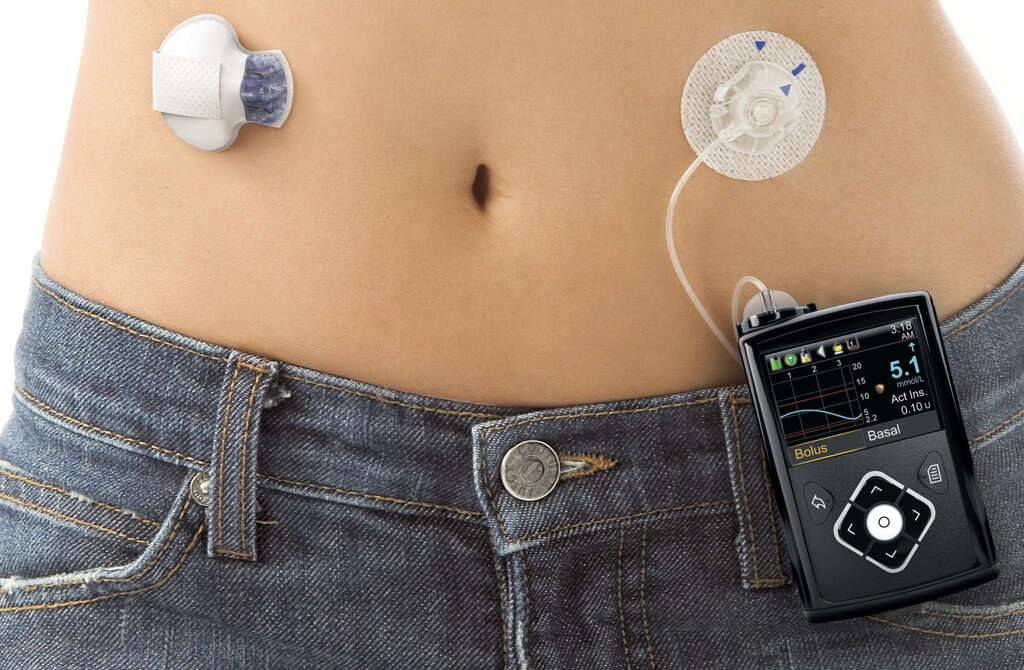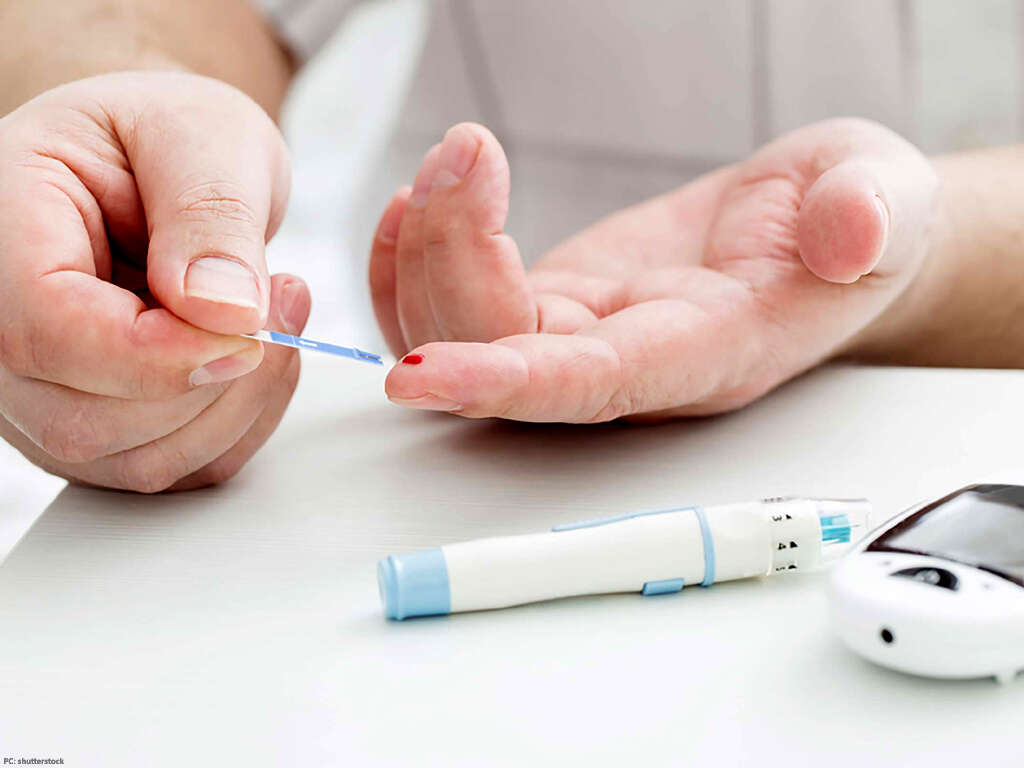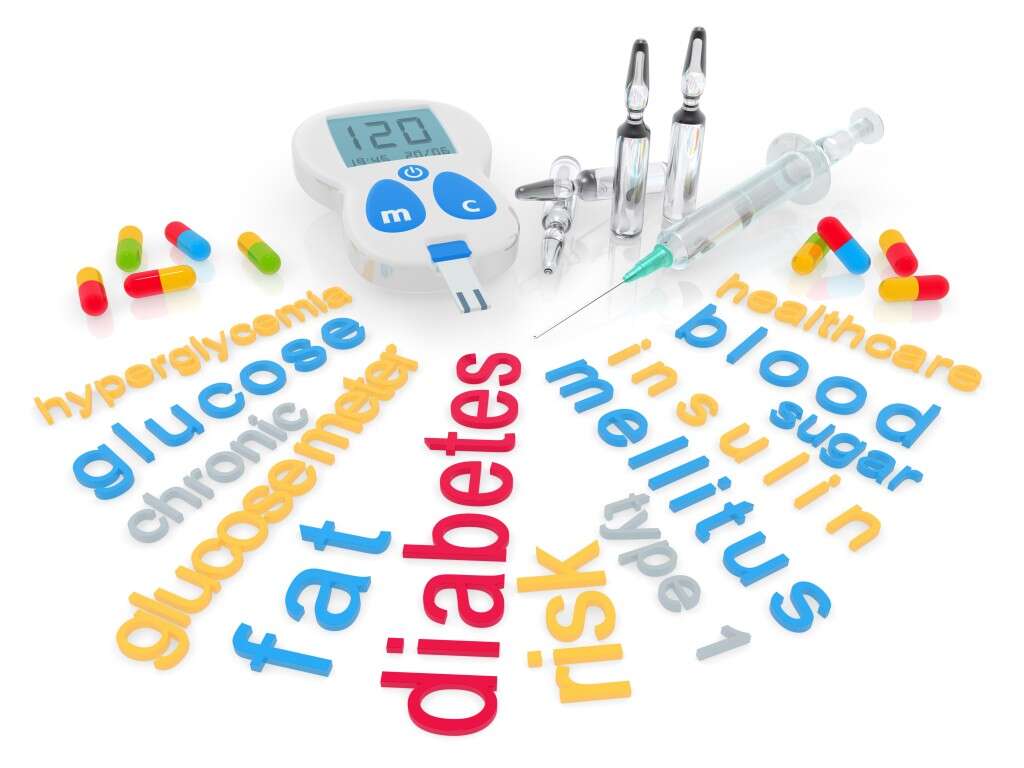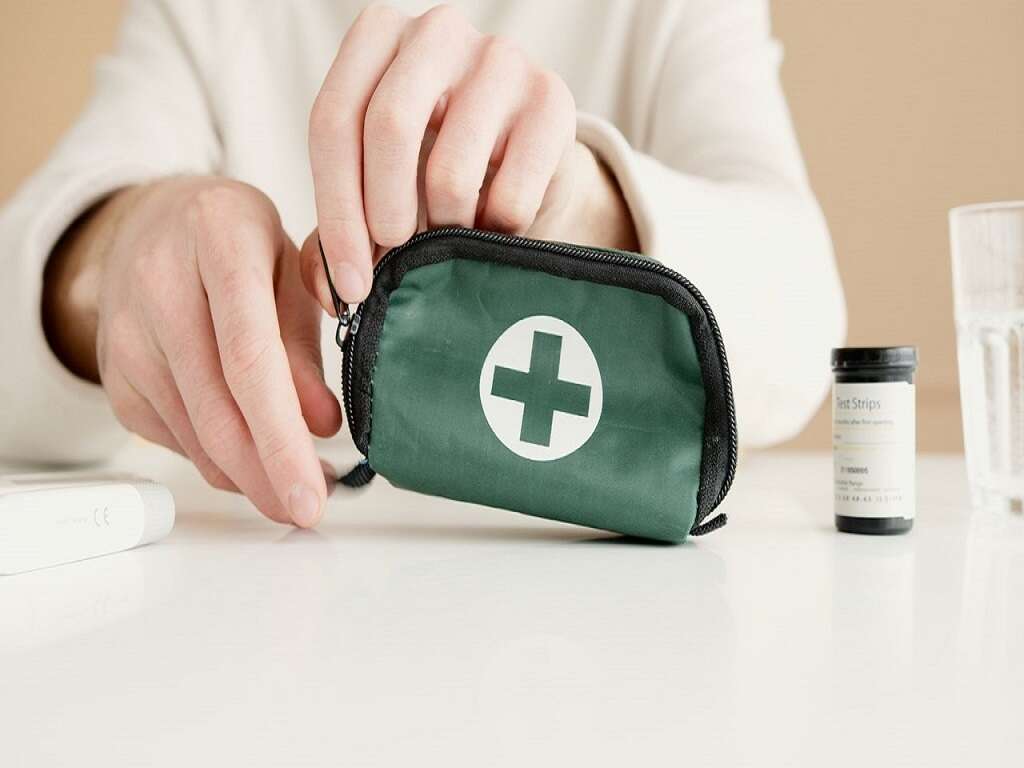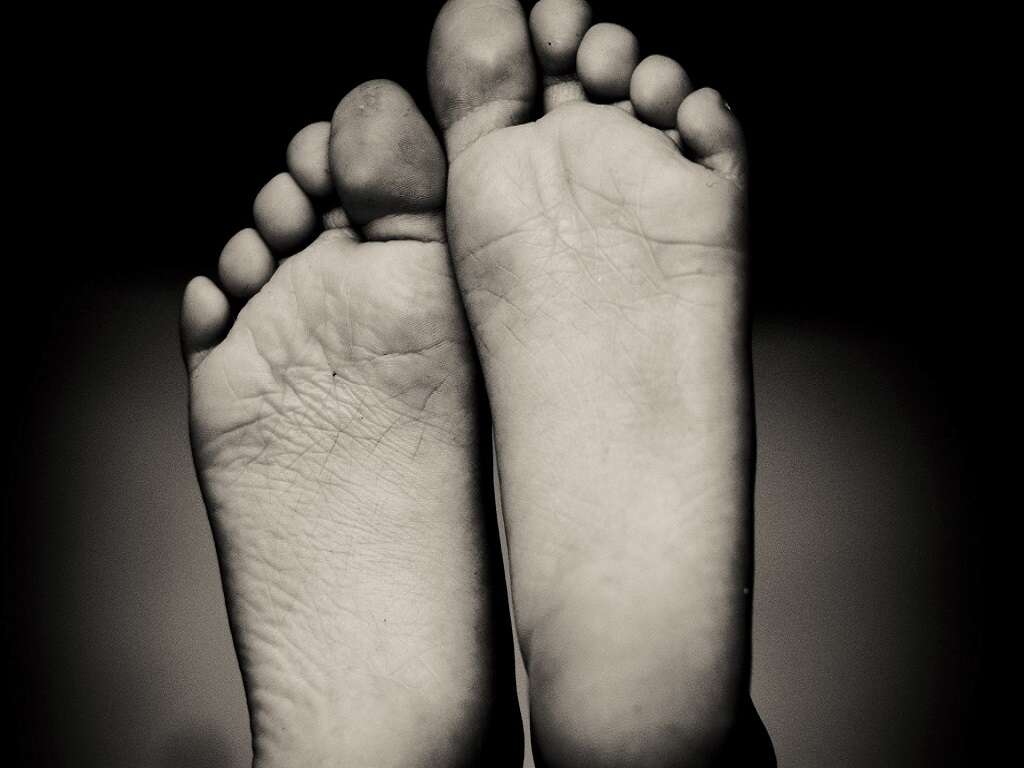What Is Type 1 Diabetes?
Glucose is one of our main sources of energy, and we get it from the food that we eat. Once we have eaten food containing glucose, it will be absorbed into our bloodstream where it can then be transported to where it is needed. In order to be able to use the glucose for energy, however, there needs to be a type of hormone known as insulin.
If, for whatever reason, there is not enough insulin then the patient will be unable to process the sugar in their blood. This means the patient will struggle to get the energy that they need, and that the glucose will remain in their blood.

1. Type 1 Diabetes
Type 1 diabetes is a condition where the patient does not have enough insulin in their body. In some cases, they may have no insulin at all. This is because the hormone is not being produced by the pancreas as it usually would. This, in turn, leaves the patient unable to regulate the levels of sugar in their blood.
Type 1 diabetes can cause some very unwelcome symptoms and, in some cases, it can cause dangerous complications. There is also no known cure for the condition, and the patient will need to carefully manage it for the rest of their lives.
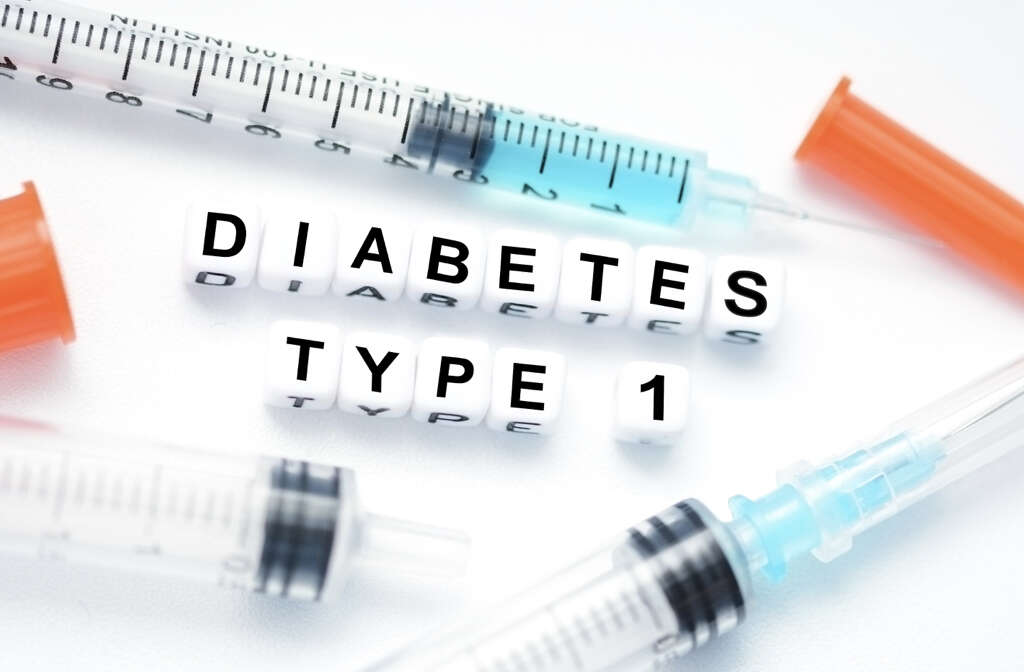
2. Causes
The causes of type 1 diabetes are not at all understood. However, we do know that it is often down to an abnormal autoimmune response. This means that the patient’s own immune system is attacking the cells that are responsible for producing insulin. There are also other potential causes of the condition.
One potential underlying cause of type 1 diabetes is viruses. Other environmental factors may also be responsible, such as chemicals and smoke. It is also thought the genetics are a factor in some cases. Not being able to understand the causes well makes it harder for the condition to be cured.
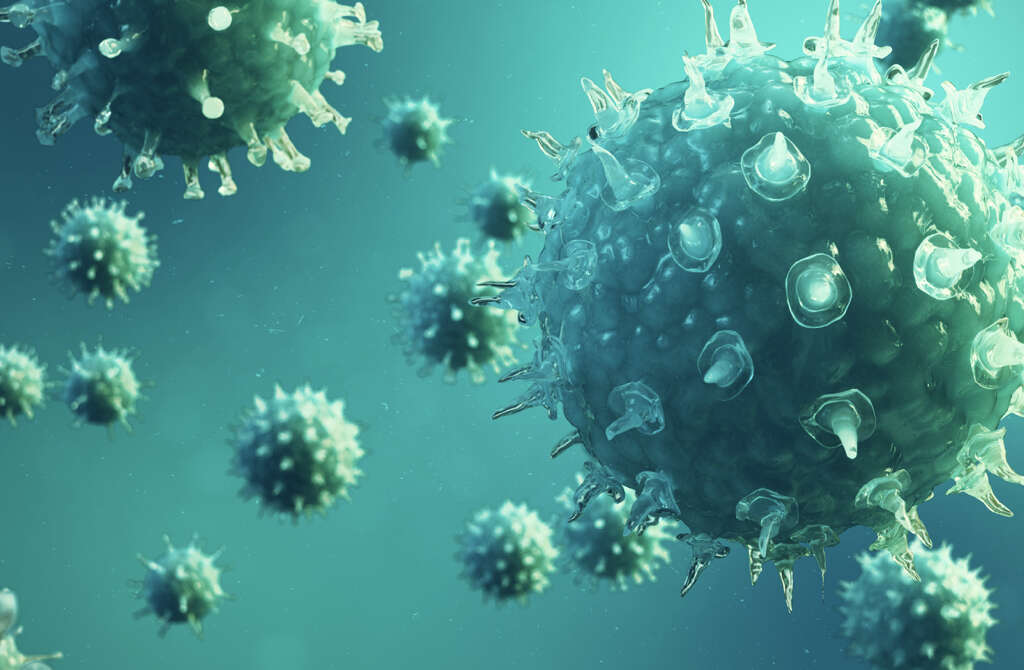
3. Symptoms
The symptoms of type 1 diabetes can appear suddenly. One symptom is increased thirst as the body craves water to try and flush excess glucose from the body. The patient will also likely urinate more frequently to help them process the extra fluids. Not being able to process glucose for energy means the patient becomes hungrier.
Despite increased hunger, the patient is still likely to lose weight. A lack of energy also means the patient will feel weak and fatigued. Blurred vision is another potential symptom, and children are more likely to start wetting the bed. The patient can also become irritable.

4. Complications
In addition to the symptoms mentioned, type 1 diabetes will also cause some potentially severe symptoms as the condition progresses. This includes neuropathy, which is damage to the nerve cells. This can result in tingling and numbness and the patient may eventually lose all sensation in their limbs.
Kidney damage is another potential complication and this can lead to kidney failure. The heart and blood vessels can also be damaged and this can lead to a number of potentially dangerous problems with the cardiovascular system. Skin and mouth infections are also more likely, and type 1 diabetes can also cause damage to the patient’s eyes.

5. Who’s At Risk?
People who are a higher risk of developing type 1 diabetes include those for whom there is a history of the condition in their family. People that are born with certain genes are also more likely to develop the condition than other people are. It is also less likely to be found in people the closer they are to the equator.
Age is another potential factor, and children are more likely to develop the condition when they are between the ages of 10 and 14 years old. Those between 4 and 7 years old are also in a high risk category. The condition can start in people of any age, however.

6. Prevention
Research is being done into ways to help prevent diabetes but, for now at least, there is no sure way to prevent it. It is not a contagious disease so you are not going to catch it from somebody else. However, certain viruses can cause the patient to develop the condition, so it pays to practice good hygiene at all times.
Contrary to some claims, type 1 diabetes is also not caused by consuming too much sugar. Although the condition cannot be prevented, people that have been diagnosed can take steps to prevent serious complications arising. This generally means managing the condition with medication, a healthy diet, and a healthy lifestyle.

7. Diagnosis
In order to diagnose diabetes, blood samples will need to be taken. These will help experts to look at the levels of sugar in the blood. There are different types of blood sugar level tests that can help experts determine whether or not the patient has diabetes. Blood samples will likely be taken at random times, and they may also be taken after the patient has been fasting.
Once diabetes has been diagnosed, it will then be necessary to find out which type of diabetes the patient has. This includes looking for ketones, the presence of which suggests the patient has type 1 diabetes. Experts can also look for the presence of certain antibodies that are often the cause of the condition.
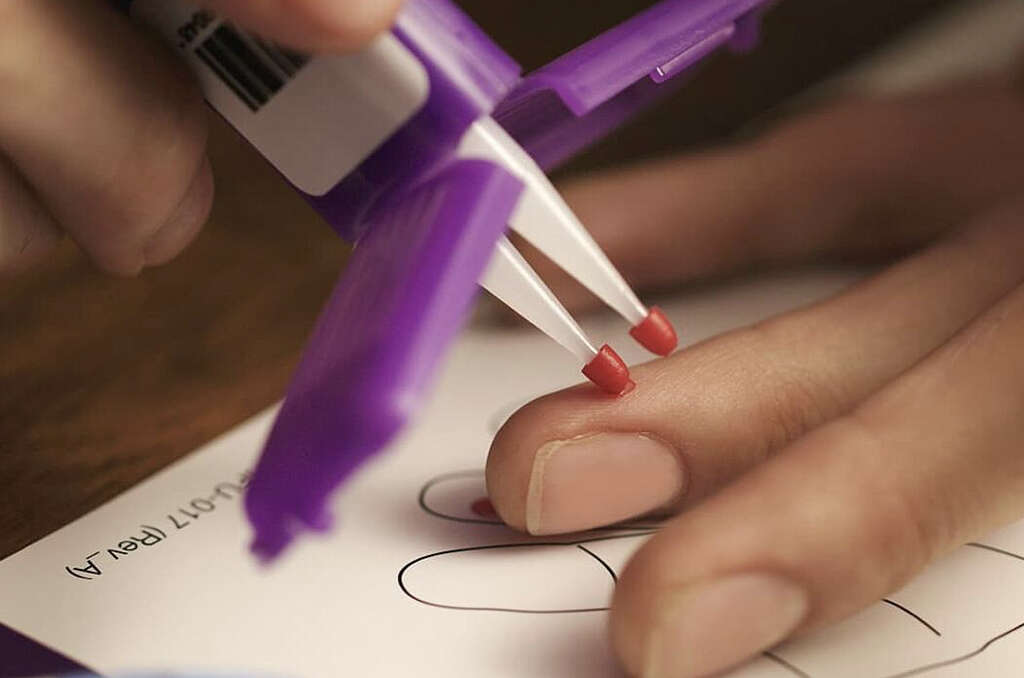
8. Medication
The main treatment for type 1 diabetes is insulin. This is usually synthetic insulin that helps to regulate the levels of glucose in the patient’s blood. There are different types of insulin and they can be administered in different ways. The patient will need to continue to use insulin for the rest of their lives.
Other medication for type 1 diabetes includes aspirin, which will help to protect the patient’s heart from damage. Medication that lowers cholesterol levels is also sometimes used, as is medication that can help to reduce the patient’s blood pressure. These will help prevent heart disease and also help keep the kidneys in good health.
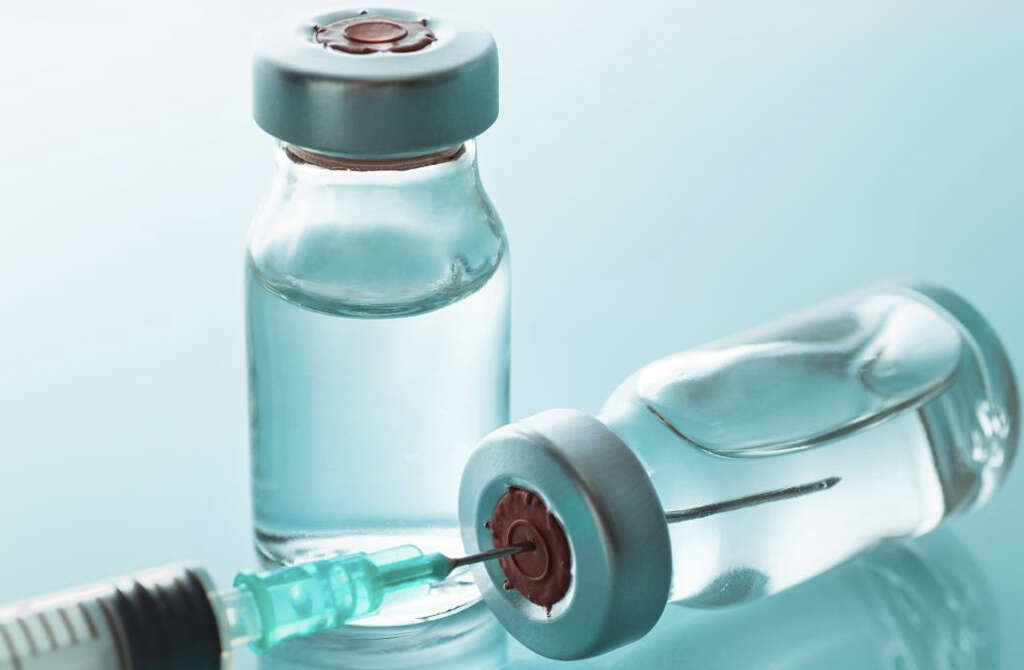
9. Lifestyle Changes
Patients that have type 1 diabetes will typically need to make certain lifestyle changes to help manage their condition. This will largely involve being careful about what they eat. This typically involves fruits that are high in fiber and low in fats, such as grains, fruits, and vegetables.
Exercise is also important when it comes to managing type 1 diabetes. This will help to keep the patient’s organs in good health, while also helping to enhance the patient’s overall well-being. It is important to remember that exercise burns glucose, and the patient may need to adjust their diet accordingly to help compensate.

10. Artificial Pancreas
Relatively recent developments have seen the introduction of an artificial pancreas, which is also known as a closed-loop insulin delivery system. It is an implanted device that is considered suitable for type 1 diabetes patients aged 14 and above.
The device links a pump, which pumps insulin, to a monitor that helps to measure the levels of glucose in the blood. The monitor checks for blood sugar levels every 5 minutes or so and when they are too high, an appropriate amount of insulin will be administered. Other systems are also being developed and artificial pancreases may become mainstream treatment at some point in the future.
